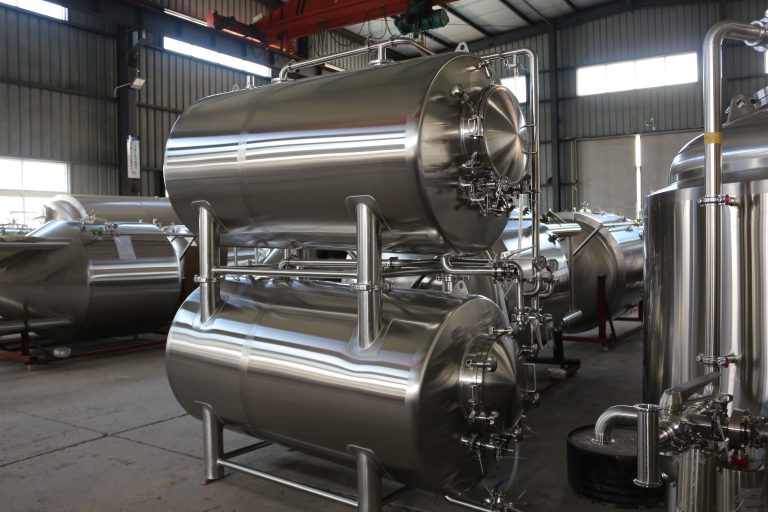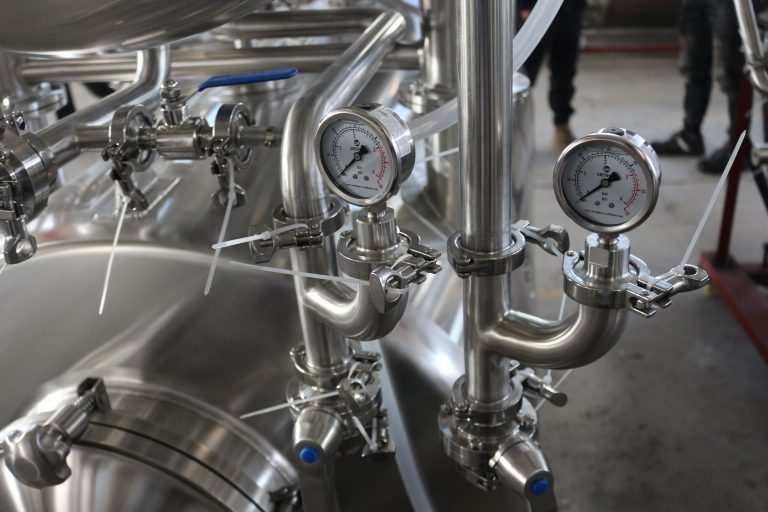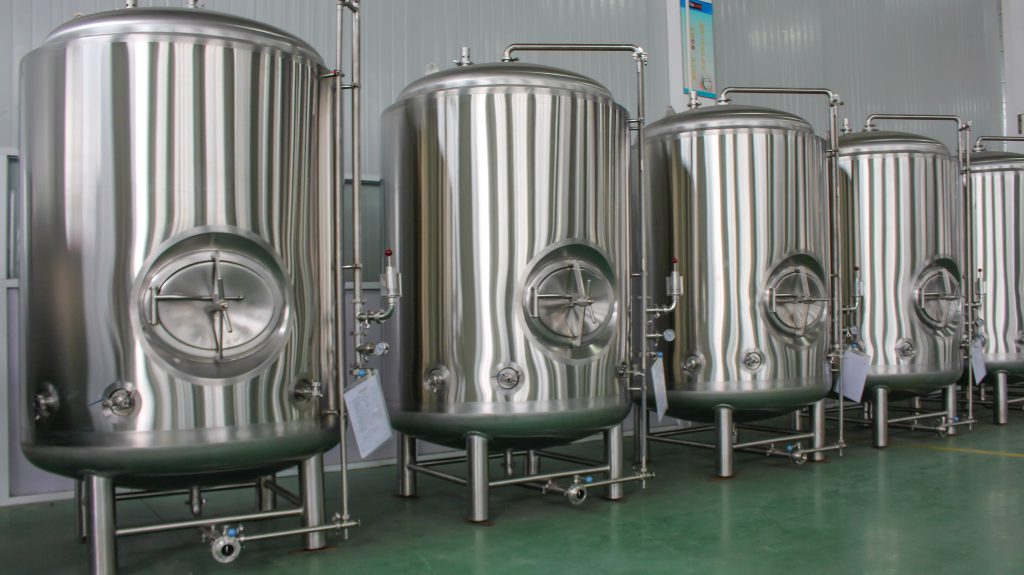Introduction

Selecting the appropriate brite beer tank is a crucial decision for any brewery. This piece of equipment serves as the final destination for your beer before packaging, and its performance directly impacts the quality and consistency of your finished product. With a variety of factors to consider, choosing the right brite tank can be overwhelming. This guide will walk you through the essential elements to evaluate when making your selection.
Understanding Brite Beer Tanks
A brite beer tank is a cylindrical vessel used to store and condition beer before packaging. It’s designed to provide a clean, bright, and finished product. The primary functions of a brite beer tank include:
- Carbonation: Brite tanks are used to carbonate beer to the desired level. Carbonation is the process of introducing carbon dioxide gas into the beer, resulting in the effervescence and flavor characteristics we associate with carbonated beverages.
- Clarification: They allow yeast and other particles to settle out, resulting in a clear beer. Clarification is essential for achieving a visually appealing and aesthetically pleasing beer.
- Storage: Brite tanks provide a controlled environment for storing beer before packaging. This storage ensures that the beer maintains its quality and consistency until it’s ready to be packaged.
Factors to Consider When Choosing a Brite Beer Tank
Capacity
The capacity of your brite beer tank should be determined by your production volume and packaging schedule. Consider factors such as:
- Batch size: How much beer do you typically produce in a single brewing cycle?
- Packaging line speed: How quickly can you package your beer?
- Desired storage time: How long do you want to store your beer in the brite tank before packaging?
By carefully considering these factors, you can determine the appropriate capacity for your brite beer tank.
Material
Brite beer tanks are typically made of stainless steel, but other materials such as glass-lined steel are also available. Stainless steel is the most common choice due to its durability, corrosion resistance, and ease of cleaning. However, glass-lined steel offers excellent corrosion resistance and a sanitary surface, making it a suitable option for certain applications.
Pressure Rating
The pressure rating of your brite beer tank will depend on the carbonation level you require for your beer. Higher pressure ratings are necessary for highly carbonated beers, such as ales and lagers. Consider the specific carbonation requirements of your beer styles when selecting a tank with the appropriate pressure rating.
Design Features
- Conical bottom: A conical bottom allows for easier sediment collection and removal. This design feature helps to ensure that the beer remains clear and free of impurities.
- Jacketed design: A jacketed design allows for temperature control, which is essential for conditioning and carbonating beer. Temperature control helps to maintain the desired carbonation levels and prevent unwanted flavor changes.
- Manways and access ports: Adequate manways and access ports are necessary for cleaning, inspection, and maintenance. These features should be designed to provide easy access to the interior of the tank for cleaning and inspection purposes.
Instrumentation and Controls

The instrumentation and controls on your brite beer tank will influence your ability to monitor and control the brewing process. Consider features such as:
- Temperature sensors: Accurate temperature sensors are essential for monitoring and controlling the temperature of the beer during conditioning and carbonation.
- Pressure gauges: Pressure gauges allow you to monitor the carbonation level of the beer and ensure that it meets your desired specifications.
- Level indicators: Level indicators help you to track the amount of beer in the tank and prevent overfilling or underfilling.
- Control panels: A user-friendly control panel can simplify the operation of the brite beer tank and make it easier to manage the brewing process.
Comparison of Brite Tank Materials
| Material | Advantages | Disadvantages |
|---|---|---|
| Stainless Steel | Durable, corrosion resistant, easy to clean, wide range of grades available | Costly, can be susceptible to pitting if not properly maintained |
| Glass-lined Steel | Excellent corrosion resistance, sanitary, can withstand high temperatures | More fragile than stainless steel, limited availability of sizes and shapes |
Conclusion
Selecting the right brite beer tank is a critical decision that can have a significant impact on the quality and consistency of your finished product. By carefully considering factors such as capacity, material, pressure rating, design features, and instrumentation, you can choose a tank that meets your specific needs and helps you produce exceptional beer.
FAQ
How often should I clean my brite tank?
The frequency of cleaning will depend on several factors, including the type of beer being produced, the frequency of use, and local regulations.
What is the difference between a bright tank and a fermenter?
A bright tank is used for conditioning and carbonating beer, while a fermenter is used for primary fermentation.
Can I use a brite tank for other purposes?
While brite tanks are primarily designed for storing and conditioning beer, they can also be used for other purposes, such as storing water or other liquids.

